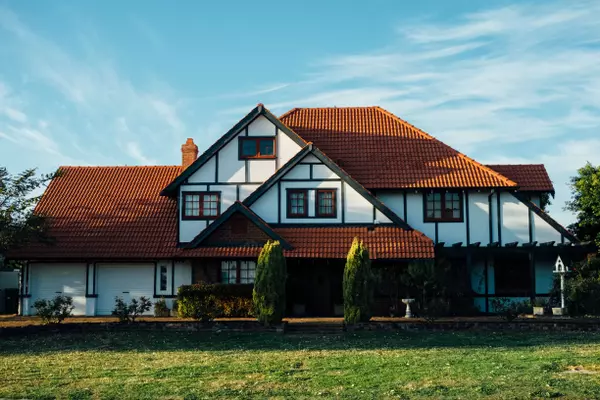Calgary Real Estate Market Update: August 2025
Calgary’s housing market saw rising inventory, shifting buyer demand, and a more balanced environment in August, after the periods of constrained supply it had been seeing in early 2024 and before. However, while overall sales activity slowed compared to last year, price trends and conditions varied widely across property types and districts.
Sales
Home sales in August fell by nearly 9% compared to the same month in 2024, while year-to-date sales were down more than 16%. This softening in activity was matched by a comparable decline in sales volume, with monthly totals slipping by just over 8% and year-to-date volume down more than 12%.
Inventory and Demand
New listings told a different story. While August saw a slight year-over-year decline of less than 2%, the broader year-to-date trend was up almost 13%, indicating more homeowners are testing the market. This influx has translated directly into inventory growth, with available supply up nearly 50% year-over-year and close to 80% higher year-to-date.
With more homes on the market, months of supply rose sharply, up over 60% year-over-year and more than doubling compared to the same period last year on a year-to-date basis. The sales-to-new-listings ratio slipped by almost 5% year-over-year and dropped nearly 20% year-to-date, pointing to conditions shifting toward balance after years of tightness.
Homes are also taking longer to sell. Days on market increased by more than 40% compared to last year and almost 50% on a year-to-date basis, reflecting more cautious buyers and less urgency in a market where supply has expanded.

Source: CREB
Prices
Pricing trends were mixed. The benchmark price for residential properties dipped by just over 4% year-over-year, although year-to-date it was down a more modest 1.5%. In contrast, the median and average prices both posted gains, rising between 2% and 5% depending on the measure. This divergence highlights how higher-end and more desirable properties are still attracting strong interest, even as overall price pressures ease.
Breakdown by Property Type
Detached Homes
Detached properties, long the cornerstone of Calgary’s market, experienced only a modest 3% decline in sales compared to last year. At the same time, new listings for detached homes rose by about 10%, contributing to higher inventory levels. The result was an increase of more than 50% in months of supply, signalling looser conditions than in 2024. Prices held relatively steady, with the benchmark down just 1% year-over-year.
Semi-Detached Homes
This segment stood out as one of the stronger performers in August. Sales jumped by 20% year-over-year, while new listings rose modestly by 3%. Despite an increase in months of supply of roughly 30%, prices in this category edged up by 1%, suggesting continued demand for attached housing in accessible locations.
Row Homes
Row properties faced more challenges. Sales were down by over 10% compared to last year, while new listings dropped by about 15%. Inventory growth, however, was substantial, pushing months of supply nearly 90% higher year-over-year. This contributed to a 5% decline in benchmark prices, one of the steeper drops among housing types.
Apartment Homes
The apartment sector was the weakest performer in August. Sales fell sharply by more than 25% year-over-year, while new listings were down about 12%. Even with fewer new listings, inventory expanded, and months of supply surged by around 80%. Benchmark prices declined by 6%, reflecting the strongest downward pressure among all property types.

Source: CREB
Regional Differences
Price trends varied across Calgary’s districts. The steepest annual declines were recorded in the North East and East districts, where benchmark prices fell between 7% and 8%. The North district also saw a notable drop of more than 6%. More moderate declines occurred in the City Centre, South East, and South, each down between 3% and 4%.
By contrast, the West and North West districts proved more resilient, with prices down only about 2% to 2.5%. These areas continue to attract stronger buyer interest, likely due to a mix of desirable amenities, established communities, and housing diversity.
Recent Posts










